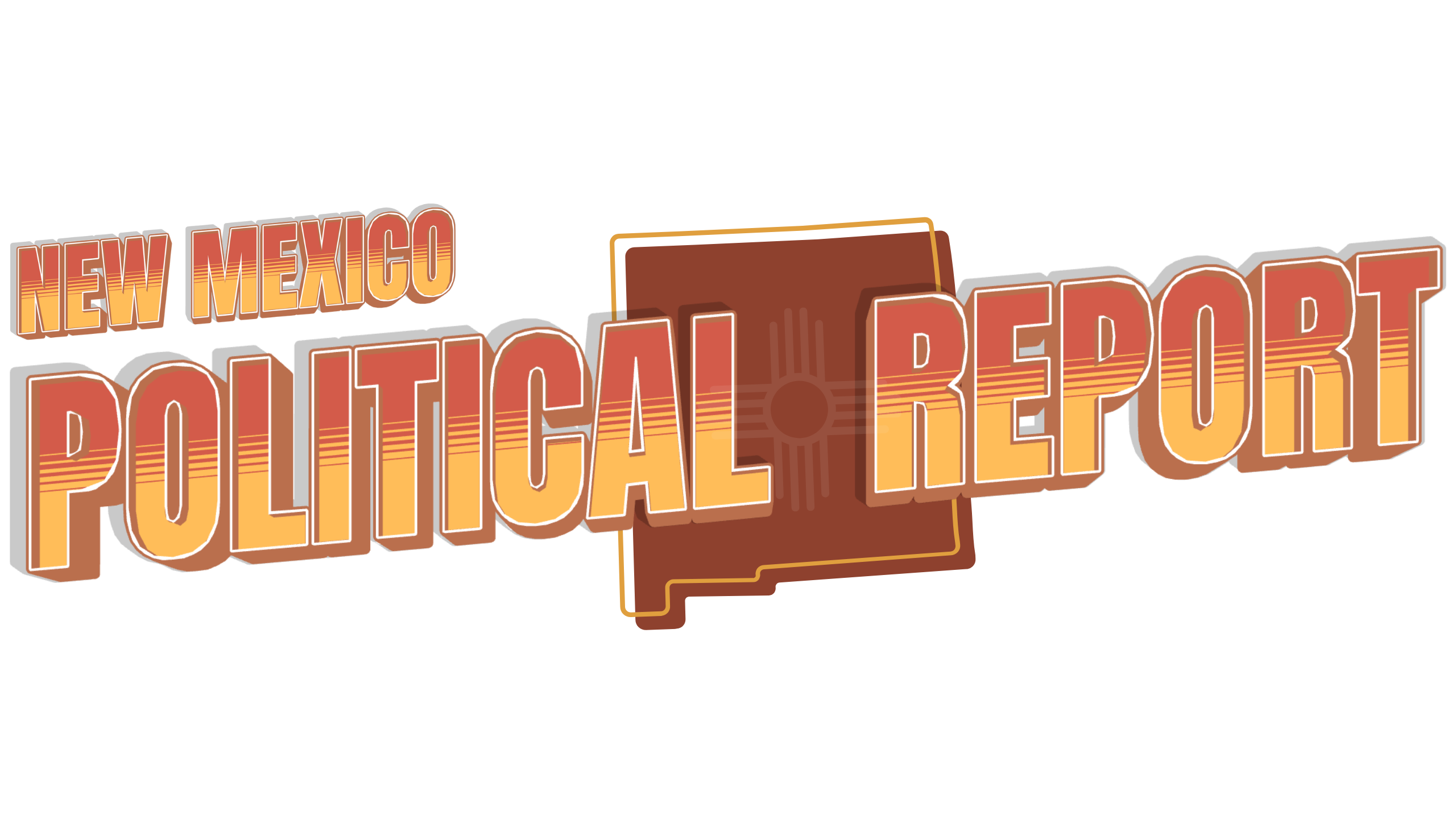New Mexico is projected to see nearly half a billion dollars in additional revenue for fiscal year 2027 despite expected cuts from federal legislation, state economists announced Tuesday during a Legislative Finance Committee meeting.
The Consensus Revenue Estimating Group (CREG) projects $14.11 billion in General Fund revenue for fiscal year 2027, representing a $485 million increase over the current year’s budget. The state is also expected to maintain healthy reserves of $3.94 billion, or 36.4% of recurring appropriations, for FY26.
The revenue projections come as state economists estimate that the Trump administration’s budget bill (H.R. 1) will reduce New Mexico’s revenue by approximately $206 million annually between fiscal years 2026 and 2030. The reduction stems from several provisions, including changes to standard deductions ($41 million), elimination of taxes on certain car loan interest ($5 million), lifting the state and local tax (SALT) deduction limit ($70 million), federal business tax changes ($44 million) and other impacts totaling $46 million.
Governor Michelle Lujan Grisham characterized the revenue growth as crucial protection against federal cuts.
“New Mexico’s strong revenue projection announced in Las Cruces today is good news at a time when the federal government is ruthlessly slashing revenues that states have historically relied on,” Lujan Grisham said in a statement. “Today’s announcement that our state can expect nearly a half-billion dollars in additional revenue will help us protect the essential services for New Mexicans that Washington has abandoned.”
Department of Finance and Administration Secretary Wayne Propst emphasized the state’s stability despite external challenges.
“Despite the external challenges New Mexico will face in the years ahead, our state has the resources to remain stable and on solid footing,” Propst said. “Our healthy additional revenue provides the capacity for a special session, giving lawmakers the ability to address funding gaps in essential services that we’re already seeing.”
The projections also show $390 million in additional revenue from FY25 that lawmakers could appropriate during a special session.
House Democrats responded positively to the revenue projections, highlighting the state’s economic diversification efforts.
“As economic uncertainty grows nationwide, New Mexico remains in a strong financial position with continued revenue growth predicted for the next several years,” said Representative Nathan Small (D-Las Cruces), who chairs both the Legislative Finance Committee and House Appropriations and Finance Committee.
Representative Meredith Dixon (D-Albuquerque), vice chair of the House Appropriations and Finance Committee, credited legislative efforts to strengthen the state’s economic foundation.
“Today’s strong projections across the board demonstrate that the legislature’s work to diversify and insulate our economy is paying off,” Dixon said. “With robust reserves and hundreds of millions in new money, we can continue to thoughtfully address the biggest challenges our state faces today.”
House Speaker Javier Martínez (D-Albuquerque) contrasted New Mexico’s stability with federal uncertainty.
“Despite the constant stream of chaos coming out of Washington, D.C., New Mexico’s economic outlook remains strong thanks to years of hard work and smart budgeting,” Martínez said. “We are not just ready to weather the storms ahead, we are ready to deliver on our promises to make life more affordable for New Mexicans now and invest in big ideas and bold solutions for the future.”
Taxation and Revenue Secretary Stephanie Schardin Clarke noted the state’s long-term financial stability despite federal challenges.
“New Mexico’s economy remains resilient despite challenges presented by federal actions,” Clarke said. “State policymakers have put New Mexico on a financial bedrock to endure for decades to come.”
The CREG includes economists from the Departments of Finance and Administration, Taxation and Revenue, Transportation, and the Legislative Finance Committee. The group’s projections will help guide legislative budget decisions as lawmakers prepare for upcoming sessions while navigating the impact of federal policy changes.
